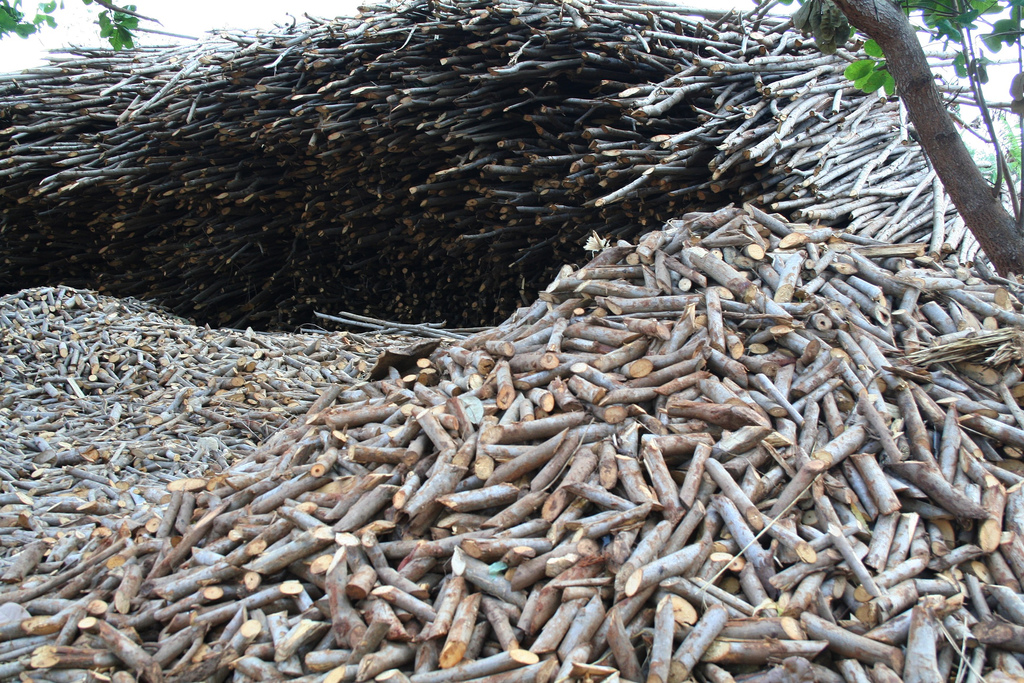
Mainstreaming Wood and Forests to Help Deliver Energy Access for All
CHALLENGE
The U.N. General Assembly declared 2012 as the International Year of Sustainable Energy for All, and set important targets for energy access, energy efficiency, and renewable energy. Accelerating the deployment of renewable energy sources to meet energy access targets is highly dependent on effective management of the environmental and natural resource base, especially the forestry and associated landscape sector. However, incorporating environmental considerations into energy decisions has been slow and is often hampered by insufficient or unreliable data, and weak analytical understanding of the relationships and inter-linkages between energy production and environmental management. Better data, validated evidence, awareness raising, and capacity building are basic aspects that need to be elevated for informed decision making in the renewable energy sector.
APPROACH
The objective of this program is to develop and to improve underlying knowledge of solutions for strengthening the upstream integration of forest issues into renewable energy planning and investments, to enhance the readiness of countries and investors. Analytical and capacity-building work will focus on two pillars: biomass energy and geothermal development.
RESULTS
This activity ended in September 2018. The work produced two key reports:
The most interesting results of this study were that post-hurricane, there were increases in charcoal prices across the country, despite there being an influx of product. In addition, the research provided valuable insight into the trees that farmers value most, the types of trees they will replant, and what needs to be subsidized. The findings from this research are informing the Resilient Productive Landscapes project (P162908).
After the Hurricane in 2015 a Damage and Loss Assessment (DALA) was conducted by the Government with the support of the World Bank. After undertaking the above summarized research, it is clear that any future DALA process needs supplementary ground-truthing to ensure accurate data capture.
The findings of this report are being used sector-wide in Haiti. The finding that charcoal is one of the largest value-chains in the country has huge implications for policy. Specifically, the findings are being mainstreamed into the World Bank Resilient Productive Landscapes project. In addition, the Global Alliance for Clean Cookstoves used these findings to inform a Canada-funded operation which was launched in early 2019. The Stockholm institute used the data collected as an input to run modeling work to calculate the percentage of renewable biomass used for charcoal production in Haiti. The United States Department of Agriculture is currently replicating the study design for the second largest city in the country – Cap Haitian – to answer some of the remaining questions and estimate the amount of charcoal being used in Cap Haitian.
As a result of the conversation around this work, a wood-fuel research group for Haiti has been developed. The group discussed the charcoal paper specifically and will continue to meet in the future to discuss other relevant work and topics.
For stories and updates on related activities, follow us on twitter and facebook , or subscribe to our mailing list for regular updates.
Last Updated : 06-16-2024








